When you think of high fashion, you might picture the runways of Paris or Milan. But did you know the ocean has its own trendsetters? Meet the humble sea urchin — spiky, stylish, and surprisingly inventive when it comes to accessorizing.
Klipgat Cave: Discovering a Hidden Gem
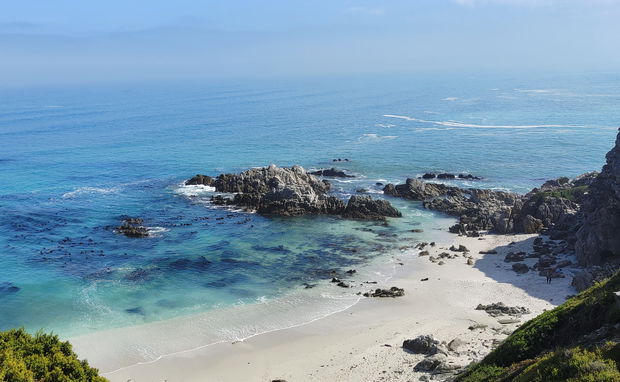
Klipgat Cave, located along the Walker Bay coastline near De Kelders, is a historically and archaeologically significant site that offers rare insight into early human life in South Africa. Beyond its cultural importance, the cave is set within a rich natural environment, offering sweeping ocean views and seasonal whale sightings. Klipgat Cave stands as a powerful reminder of the region’s deep human history and ecological beauty.
Tucked into the rugged limestone cliffs along the Walker Bay coastline near De Kelders lies one of South Africa’s most significant archaeological and cultural sites: Klipgat Cave. Overlooking the Atlantic Ocean and framed by fynbos-covered dunes, the cave offers more than just breathtaking views—it’s a portal to the distant past, revealing stories that stretch back over 80,000 years.
A Shelter Through the Ages
Klipgat Cave is one of only a handful of sites in South Africa where clear evidence of Middle Stone Age and Later Stone Age human habitation has been discovered in the same location. Early humans used the cave as a shelter, leaving behind tools, hearths, and food remains that have given archaeologists rare insight into the lives of our ancestors.
Among the most significant findings at Klipgat are remnants from the Khoikhoi and San people—South Africa’s earliest herders—dating back about 2,000 years. Their presence marks a key shift in human history from hunter-gatherer lifestyles to the practice of animal domestication.
The Name Klipgat
The name Klipgat roughly translates from Afrikaans as “Stone Hole” or “Rock Hole”, referring to the natural limestone formation of the cave. With open chambers, sea-facing views, and cathedral-like echoes, the cave has an atmosphere that’s both awe-inspiring and grounding.
Ecological and Geological Wonder
Apart from its historical value, Klipgat Cave is also part of a delicate coastal ecosystem. The surrounding cliffs and dunes are home to unique fynbos vegetation, while the adjacent waters of Walker Bay are frequented by southern right whales during the winter and spring months. From the cave’s mouth, it’s possible to spot whales breaching and blowing offshore.
The limestone that forms the cave was originally laid down over millions of years by the remains of marine organisms. Over time, natural forces carved out the hollow chambers that would eventually become a sanctuary for early humans.
Visiting the Cave
Today, Klipgat Cave is accessible to the public via a boardwalk and walking trails. It's located within the Walker Bay Nature Reserve, which is managed by CapeNature. Visitors can explore the main chambers of the cave, enjoy panoramic ocean views, and connect with the deep time of the land.
Because of its archaeological significance, parts of the cave are protected, and visitors are encouraged to tread lightly and respect the environment.
Did You Know?
The cave contains one of the oldest known examples of marine resource use in the world—evidence that early humans here were harvesting shellfish and using the sea for survival.
Klipgat Cave’s archaeological layers help researchers understand climate changes over thousands of years, as well as how ancient peoples adapted to those shifts.
Final Thoughts
Klipgat Cave isn’t just a geological marvel—it’s a heritage site that connects modern-day visitors with the very roots of human existence in southern Africa. Whether you're a history lover, nature enthusiast, or simply in search of a peaceful place to reflect, this cave offers a meaningful journey into the past, framed by the stunning natural beauty of the Overberg coast.
Further Reading
These days, it’s easy to click “Book Now” on big-name travel websites. But what many travelers don’t realize is that booking directly with a guesthouse (like us!) comes with real benefits — not just for us, but for you too. Here are 9 compelling reasons to skip the middleman and book direct:

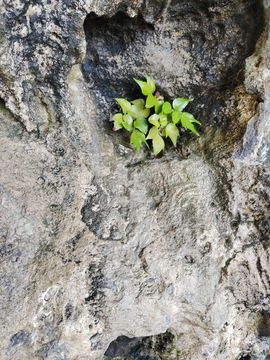
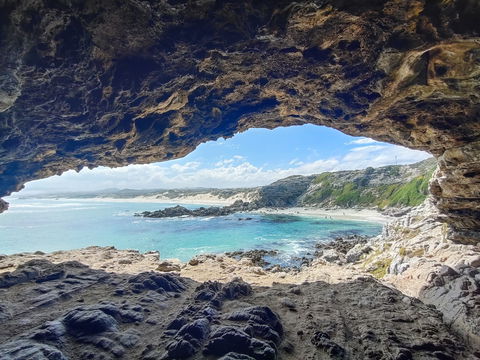
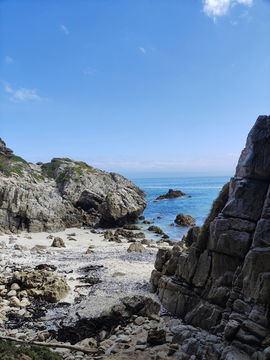
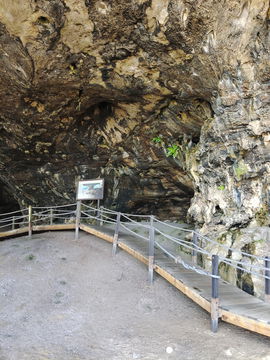
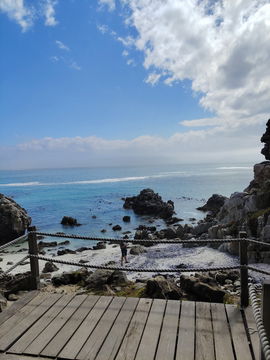


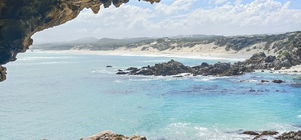
Share This Post